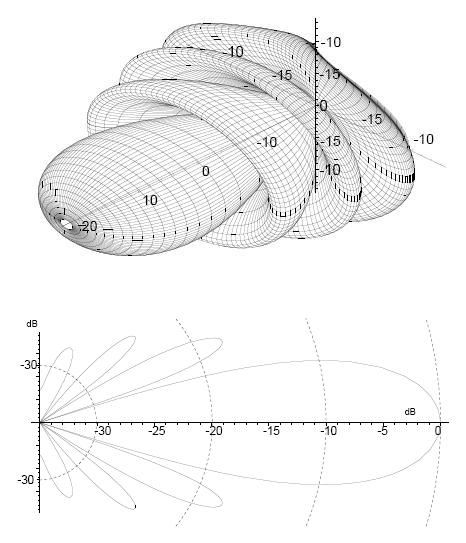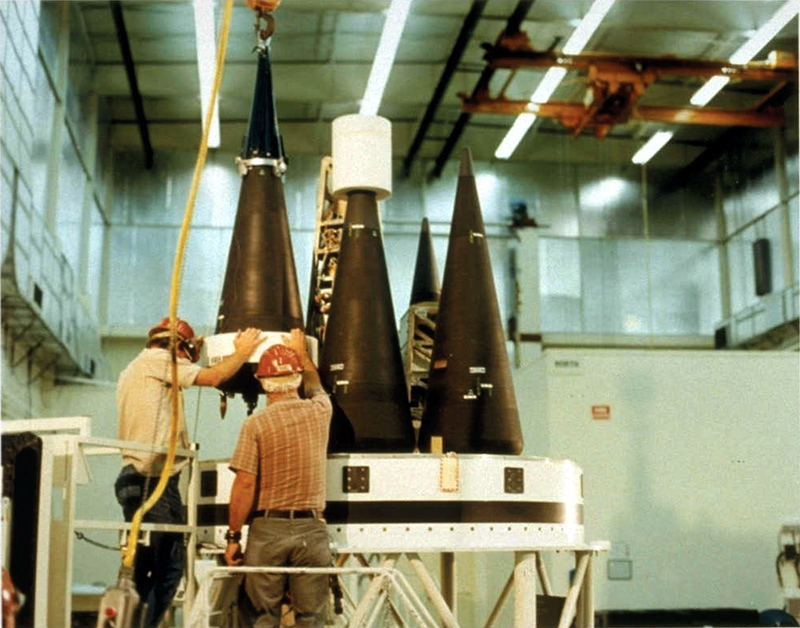We have also airborne AWACS bro. But intercepting balistic Missile is very difficult. You Need to hit balistic Missile exactly with a kinetic kill vehicle. Balistic Missiles can have even heavy armor to protect it against air burst Missiles like that russian crap buk Missiles. russian air defence is crap, i don´t understand why everyone praising it. it is cheap russian junk. US Air force can easily enter russian air space with B2 and even B1 to bomb the shit out of russian weaklings.
Ok, several things need to be clarified here
1. AWACS looks level or down, not up. For missile defense, talking about Turkey's proposed use of SM-3, you need radars that look up into the sky - early warning radars like this:
And radars that can illuminate and vector missiles, like this AN-TPY-2 from THAAD:
AWACS doesn't have the capability to scan space for targets, their scan ranges are slightly above, but mostly level to or below the radar array. Here's a beam scan pattern for an AWACS radar - as noted by
Gambit here.
These don't provide the necessary vertical scan coverage to track fast-moving missile with enough fidelity.
2. Ballistic missiles have nose caps designed to survive high-speed maneuvers though an atmosphere, but they aren't armored.
This is the nose-cap of an
LGM-30 Minuteman III following reentry into Earth's Atmosphere:
It's made of a strong, but light-weight composite that was burned during reentry. Heavy armor would hamper the missiles range, speed and warhead size. Ballistic missiles rely on speed, not armor, to escape defenses.
3. Air-burst warheads are great against aircraft:
They shred them to pieces. But as the US found out in Iraq War 1, blast-fragmentation warheads aren't good at destroying missiles.
This one was
hit by a PAC-2 in Iraq:
Notice a problem? It's still mostly intact.
As a result of this poor performance against missile, but strong performance against aircraft, a new type of warhead was created - the Hit-to-kill bus.
This is
SM-3's kill vehicle:
These warhead types carry no explosive, but rely on kinetic energy - speed and mass, to vaporize their target. They leave no remains:
4. You may not respect it, but military's do.
Combat aircraft have been lost to BUK:
Need a reminder?
A BUK brought down MH17.

,



























